This study by Guadalupe, C et al. analyzes the current state of earthen constructions in Latin American countries—Colombia, Ecuador, Peru, Bolivia, Chile, and Argentina—located in the Pacific Ring of Fire and subjected to strong seismic exposure.
Earth has been a construction material for various civilizations, which built different buildings, housing, and monuments. These constitute part of the global earthen heritage today. UNESCO anticipates that there are 150 architectural constructions built in whole or in part with earth, declared as World Heritage sites.
These are found across the different continents, and are mostly situated in areas of great seismic movement; for instance, constructions found in the Pacific Ring of Fire (PRF).
The earthen constructions in these regions are mostly thought to be unsafe and vulnerable, negatively impacting their popular acceptance. In Latin America, earthen constructions are found both in seismic zones and in low seismic risk zones. Figure 1 depicts the areas affected by seismic movements or volcanic activity on the left and the areas with earthen constructions on the right.
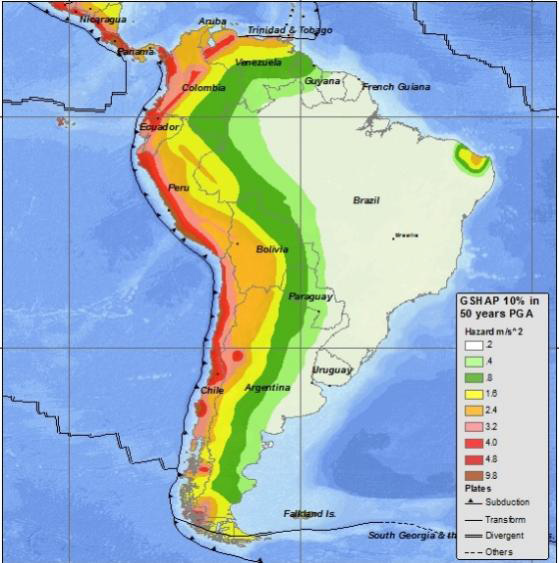
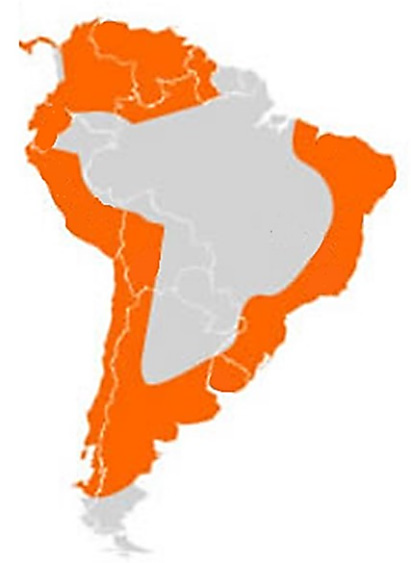
Figure 1. Top: Seismic zones of Latin America. Image Credit: USGS, 2021.Down: Earthen construction zones in Latin America. Image Credit: Craterre, 2021.
Recently, in Barichara, most of the new constructions are built with rammed earth. Figure 2 shows the same and the buildings possess a building permit from the Municipal Mayor’s Office.
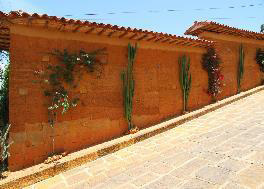
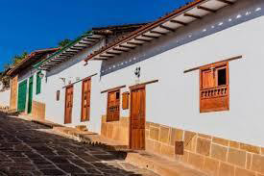
Figure 2. City of Barichara in Colombia. Constructions with rammed earth walls. Image Credit: Depositphotos, 2020.
An example of the relationship between architecture and territory is the village of Chijo in the highlands of the Tarapacá region in Chile (Figure 3). This region was occupied since the 12th century and natural resources are used as construction materials.
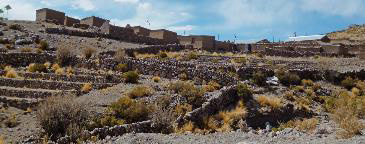
Figure 3. Chijo Valley, Chile. Image Credit: Jorquera, 2015.
Peru is one of the most notable countries with respect to earthen construction. Figure 4 shows the archaeological sanctuary of Pachacamac to the south of Lima.
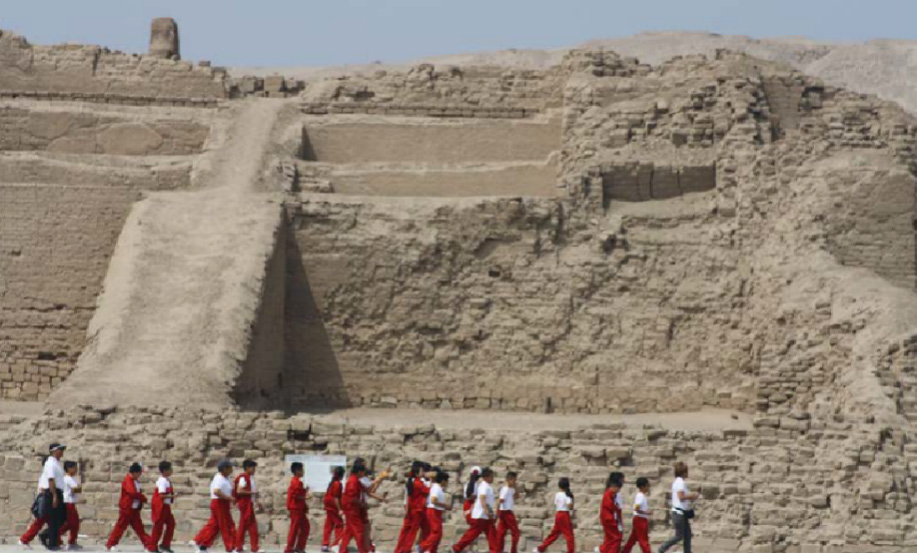
Figure 4. Sanctuary of Pachacamac, Pyramid with ramp. Image Credit: Pozzi-Escot et al., 2015.
Seismic Zonation of Latin America
Figure 5 depicts the Nazca plate, an oceanic tectonic plate located in the eastern Pacific Ocean.
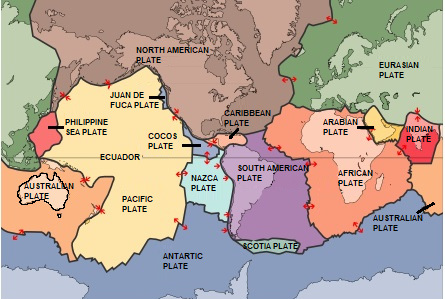
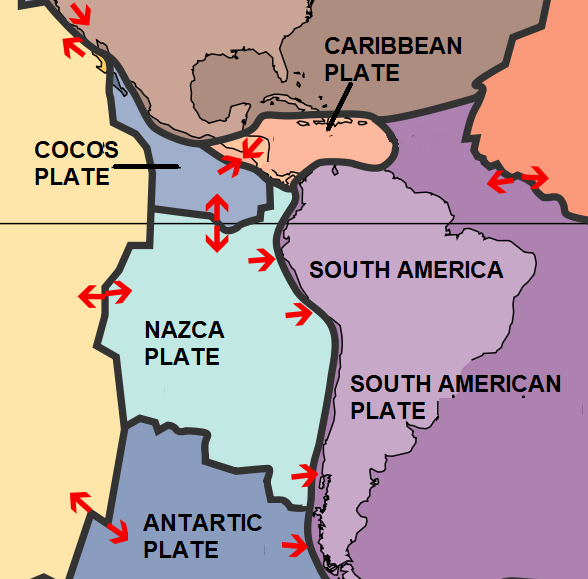
Figure 5. Map of tectonic plates. Image Credit: Dominguez, 2020.
Latin America is exposed to earthquakes and has been the scene of some of the strongest earthquakes in history, like El Salvador.
Objectives
The Latin American countries are located in the Pacific Ring of Fire. Even when exposed to seismic movements, in many instances, it is found that many communities rebuild and/or restore their earthen houses.
The study analyzes the reasons behind this conviction to continue building with a technology that has proven to be susceptible to natural phenomena. The study also looks at earthen habitats in Latin American countries located in the PRF, underlining the significance of the earthen construction of so many communities.
Methodology
The researchers carried out comparative analyzes from the information obtained from the databases of the latest housing censuses of the Latin American countries located in the PRF. They determined the occurrence of earthen constructions with respect to the total number of existing dwellings in Colombia, Ecuador, Peru, Bolivia, Chile, and Argentina.
Case Studies
Colombia
Colombia is subject to great seismic activity (Figure 6). The population census during 2018 conducted by the National Administrative Department of Statistics (DANE) the population was 48,258,494, and a total of 13,480,726 existing dwellings were censused (Figure 7).
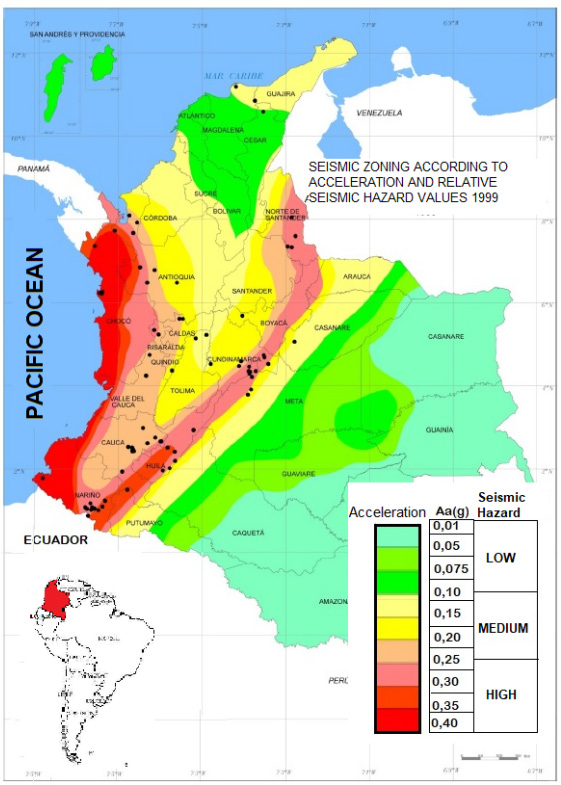
Figure 6. Seismic Map of Colombia and Seismic Hazard. Image Credit: Adapted from Ahumada, 2018.
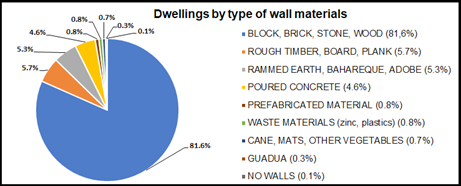
Figure 7. Housing Census of Colombia 2018. Image Credit: Guadalupe et al., 2021.
The earthen construction techniques used at present in Colombia are adobe and rammed earth in the highlands, and bahareque in the indigenous areas and along the banks of the Magdalena and Cauca rivers. Figure 7 shows the percentage in which earthen constructions in Colombia are built.
Ecuador
As a country based on traditions, Ecuador’s ancestral knowledge has a greater presence in the culture of construction. Here, the use of earth is found in different versions such as adobe, tapia, and bahareque. Ecuador’s last census carried out by the National Institute of Statistics and Census (INEC) showed a population of 14,483,499 with a total of 4,654,054 houses. Figure 9 depicts the percentage of the earthen construction used.
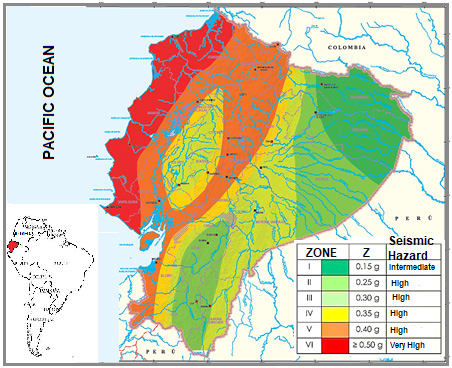
Figure 8. Seismic Map and Seismic Hazard of Ecuador. Image Credit: Adapted from Mantilla, et al., 2018.
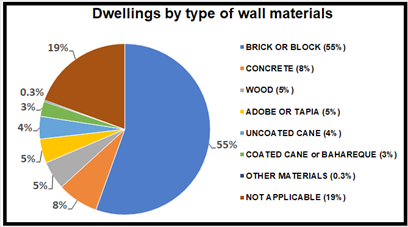
Figure 9. Housing Census of Ecuador 2010. Image Credit: Guadalupe et al., 2021.
Peru
Peru is situated in the Pacific Ring of Fire and is much prone to seismic movements (Figure 10). However, Peru has improved earthen construction technologies in seismic zones through constant research, and the normally employed technologies are tapia, adobe, wattle, and daub.
The 2017 census as in Figure 11 shows a population of 31,237,385 and dwellings of 7,698,900 of which 31% are earthen constructions.
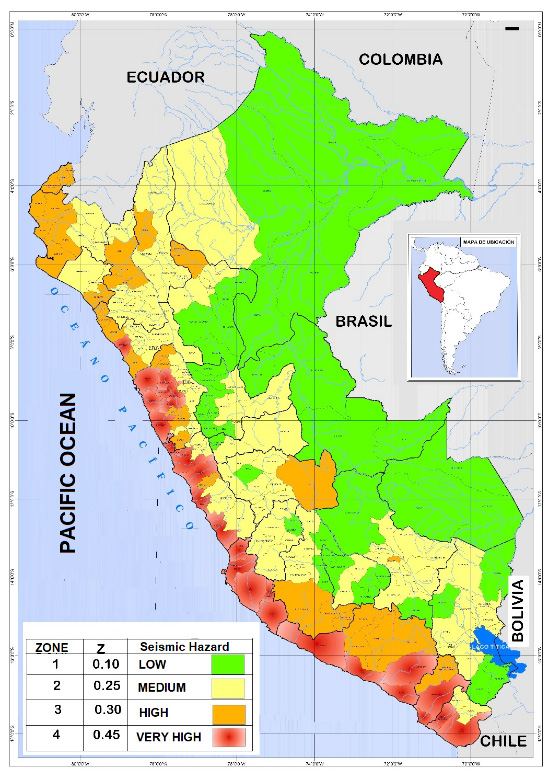
Figure 10. Seismic Map and Seismic Hazard of Peru. Image Credit: Adapted from GEO GPS, 2003.

Figure 11. Peru Housing Census 2017. Image Credit: Guadalupe et al., 2021.
Bolivia
Bolivia is a country where the seismic hazard is medium (Figure 12). The 2012 housing census (Figure 13) showed 2,803,982 dwellings of which brick-cement block and concrete showed a wider use along with adobe and tapia following the trail.
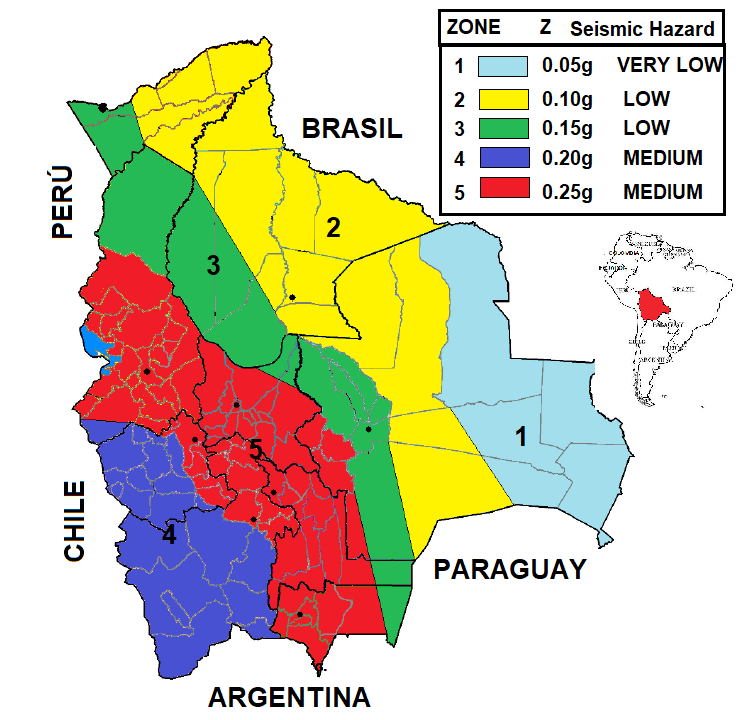
Figure 12. Seismic Map and Seismic Hazard of Bolivia. Image Credit: Adapted from Putnam, 2016.
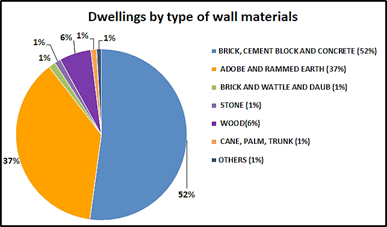
Figure 13. Housing Census of Bolivia. Image Credit: Guadalupe et al., 2021.
Chile
Chile, a South American country, has the highest seismic hazard (Figure 14). The 2017 population and housing census (Figure 15) shows a total of 5,508,441 occupied private dwellings. It was revealed that cement block, stone, or brick was used extensively and that they have remained intact despite the seismic events.
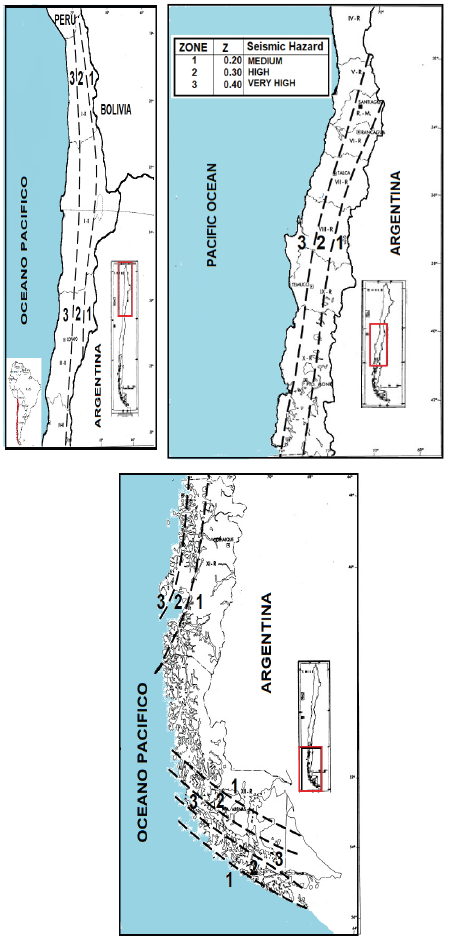
Figure 14. Seismic Map and Seismic Hazard of Chile. Image Credit: Adapted from NCH, 1996.
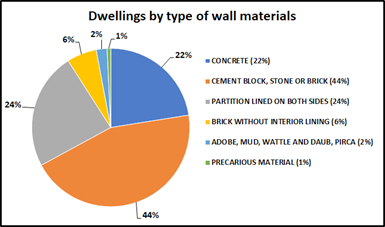
Figure 15. Housing Census of Chile. Image Credit: Guadalupe et al., 2021.
Argentina
Argentina’s western part of Argentina shows a zone marked by high seismic hazard (Figure 16). The 2010 census by the National Institute of Statistics and Census (INDEC) revealed extensive use of brick, stone, block, or concrete exterior enclosures with and without plastering, as shown in Figure 17.
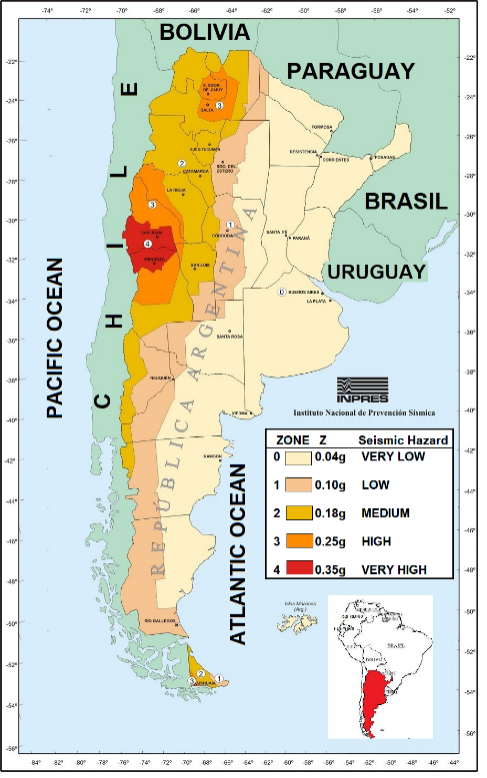
Figure 16. Seismic Map and Seismic Hazard of Argentina. Image Credit: Adapted from INPRES, 2021.

Figure 17. Housing Census of Argentina. Image Credit: Guadalupe et al., 2021.
Results
The Latin American countries situated in the Pacific Ring of Fire are prone to seismic movements as depicted in Figure 18. The seismic hazard of the countries analyzed in this research correlates with the areas with numerous earthen dwellings.
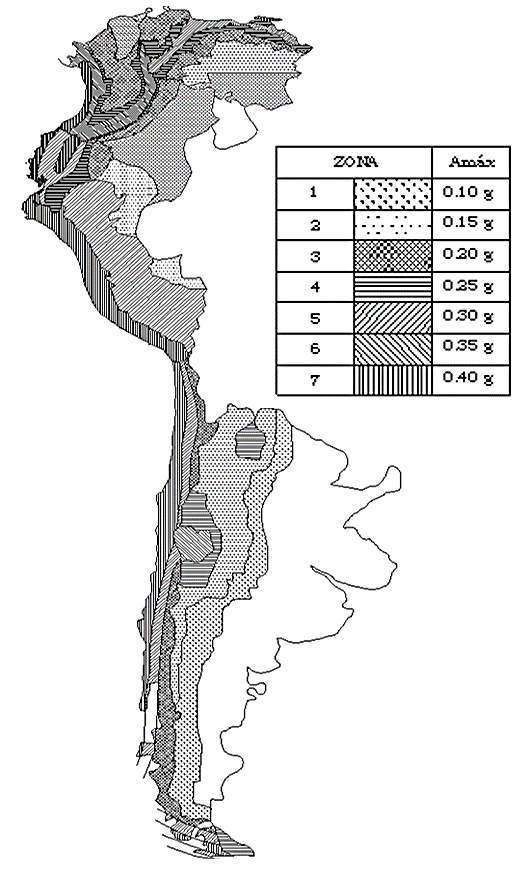
Figure 18. Seismic zonation in Venezuela, Colombia, Ecuador, Peru, Chile, and Argentina in 2003. Image Credit: Falconi, 2004.
The examinations revealed that Peru, despite having the highest seismic risk, represents the country with the highest number of earthen dwellings. Moreover, even when the earthen constructions were impaired due to an earthquake, the original material was used for repair or reconstruction depicting the interest of the inhabitants in continuing to live in earthen houses.
Conclusion
Countries located in the seismic zone in the Pacific Ring of Fire are exposed to constant threats. Each has experienced different scales of an earthquake which resulted in slight damage to the collapse of earthen dwellings. Yet, these events did not impede different cultures from continuing to build with earth as the key component, and these are a vital part of the cultural traditions of each country.
Journal Reference:
Guadalupe, C., Alfredo, E., Rodolfo, R. (2021) Earthen Architecture in Seismic Zones: Latin America and the Pacific. Journal of Construction Research. Available at: https://ojs.bilpublishing.com/index.php/jcr-b/article/viewFile/3263/3164.
References and Further Reading
- Viñuales, G (2007) Tecnología y construcción con tierra. Apuntes, 20(2), pp. 220–231. Available at: http://www.scielo.org.co/pdf/apun/v20n2/v20n2a04.pdf.
- Salazar, I H (2013) Restauración de arquitectura de tierra en zonas sísmicas: El caso de Costa Rica. Máster Universitario en Conservación del Patrimonio Arquitectónico. doi.org/10.13140/RG.2.2.13611.64806.
- USGS, S. f. (2021) Science for a changing world. Available at: https://web.archive.org/web/20141020160537/http://earthquake.usgs.gov/earthquakes/world/south_america/gshap.php.
- Craterre (2021) CRATerre. Available at: http://craterre.org/galerie-des-images/default/gallery/38/gallery_view/Gallery
- Rivero Bolaños, S (2007) El uso masivo de la tierra como material de construcción en Colombia. Apuntes, 20(2), pp. 354–363. Available at: http://www.scielo.org.co/pdf/apun/v20n2/v20n2a15.pdf.
- Depositphotos (2020) Available at: https://sp.depositphotos.com/stock-photos/calles-de-barichara.html.
- Silva, N J (2014) Culturas constructivas que conforman el patrimonio chileno construido en tierra. AUS, 16, pp. 30–35. doi.org/10.4206/aus.2014.n16-06.
- Jorquera, S N (2015) Aprendiendo del Patrimonio Vernáculo: tradición e innovación en el uso de la quincha en la Arquitectura Chilena. Revista de Arquitectura, 4-11. https://doi.org/10.5354/0719-5427.2014.37087.
- Cisternas, V & Riquelme, Á (2013) La quincha interna: reinterpretación de un modelo de construcción de la zona central. 13° SIACOT, (pp. 348–357). Valparaíso – Chile.
- Pozzi-Escot, D., et al. (2015) El santuario de Pachacamac, educación para la conservación. 15° Seminario Iberoamericano de Arquitectura y Construcción con Tierra SIACOT (pp. 692–699). Ecuador: PROTERRA.
- Oshiro, J & Pozzi-Escot, D (2015) Conservación del edificio de Taurichumpi - santuario arqueológico de Pachacamac. Perú. 15° Seminario Iberoamericano de Arquitectura y Construcción con Tierra. (pp. 250–260). Ecuador: PROTERRA.
- Agüero Benites, J., et al. (2015) Análisis estructural de dos muros de adobe con diferente sistema de aparejo. 15° Seminario Iberoamericano de Arquitectura y Construcción con Tierra - SIACOT (pp. 21–31). Ecuador: PROTERRA.
- Alfaro, P., et al. (2013) La tectónica de placas, teoría integradora sobre el funcionamiento del planeta. Enseñanza de las Ciencias de la Tierra, pp. 168–180.
- Rodgers, K P (1993) Manual sobre el manejo de peligros naturales en la planificación para el desarrollo regional integrado. (D. Departamento de Desarrollo Regional y Medio Ambiente. Organización de Estados Americanos. Washington, Editor).
- Giuliano, A & Yañez, D (2018) La construcción de adobe en zonas sísmicas. Proyección, 6–9.
- Dominguez, M (2020) VIX. Available at: https://www.vix.com/es/btg/curiosidades/2011/05/31/mapa-de-las-placas-tectonicas.
- Duque-Escobar, G (2007) Amenazas naturales en los Andes de Colombia. Colombia: Universidad Nacional de Colombia Sede Manizales.
- Departamento Administrativo Nacional de Estadística (DANE) (2018) Available at: https://www.dane.gov.co/.
- Sánchez Gama, C (2007) La arquitectura de tierra en Colombia, procesos y culturas constructivas. Apuntes, 20(2), pp. 242–255. Available at: http://www.scielo.org.co/pdf/apun/v20n2/v20n2a06.pdf.
- Departamento Administrativo Nacional de Estadística (DANE) (2015) Censo Nacional Agropecuario. Tercera entrega de resultados 2014. Colombia.
- Ahumada, P V (2018) Inventario de sismos históricos en Colombia que han generado movimientos en masa. Congreso Latinoamericano de Prevención de Riesgos y Medio Ambiente, (pp. 1–8).
- Espinoza Figueroa, F., et al. (2015) Caracterización constructiva de elementos estructurales en el bahareque: fibras, amarres y ataduras como representación cultural del Azuay. Seminario Iberoamericano de Arquitectura y Construcción con tierra, (pp. 176–184). Ecuador.
- National Institute of Statistics and Census (INEC) (2010) Available at: https://www.ecuadorencifras.gob.ec/base-de-datos-censo-de-poblacion-y-vivienda-2010/.
- González Mantilla, M., et al. (2018) Atlas de espacios geográficos expuestos a amenazas naturales y antrópicas. Ecuador: Servicio Nacional de Gestión de Riesgos y Emergencias - DIRCOM. Dirección de Gestión de la Información, y Dirección de Análisis de Riesgos.
- Blondet, M., et al. (2011) Construcción sismorresistente en tierra: la gran experiencia contemporánea de la Pontificia Universidad Católica del Perú. Informes de la Construcción, 63(523), pp. 41–50. doi.org/10.3989/ic.10.017.
- Morales-Soto, N & Zavala, C (2008) Terremotos en el Litoral central del Perú: ¿Podría ser Lima el escenario de un futuro desastre? Peruana de Medicina Experimental y Salud Pública, 25(2), pp. 217–224. Available at: https://www.redalyc.org/articulo.oa?id=36311608011.
- Taverna, H (2014) Evaluación del peligro asociado a los sismos y efectos secundarios en Perú. Lima-Perú: Instituto Geofísico del Perú.
- INEI, I N (2018) Tomo 1: Perú - Resultados definitivos. Lima, Perú.
- Gutierrez, L., et al. (2003) Características sísmicas de las construcciones de tierra en el Perú: Contribución a la enciclopedia mundial de las construcciones de vivienda. XIV Congreso Nacional de Ingeniería Civil, (pp. 1–14). Iquitos-Perú.
- NTE E. 080, N T (2000) Reglamento Nacional de Construcciones. Lima – Perú.
- PUCP, L d (2006) Ensayos de simulación en dos módulos de adobe y quincha de dos pisos (M1-SR: tradicional y M2-CR: Mejorado). Lima, Perú.: Pontificia Universidad Católica del Perú.
- Castellan, M (1989) Antecedentes históricos de la quincha. Lima: Instituto Nacional de Investigación y Normalización de la vivienda (ININVI).
- SENCICO, S (1987) Quincha prefabricada, fabricación y construcción. Lima: ININVI.
- GEO GPS, P (2003) Perú. Available at: https://www.geogpsperu.com/2019/06/mapa-de-zonificacion-de-peligro-sismico.html.
- ThinkHazard (2021) Available at: https://thinkhazard.org/es/report/33-bolivia/EQ.
- Azcui, M (1998) Diario El País. Available at: https://elpais.com/diario/1998/05/23/internacional/895874416_850215.html.
- Putnam, P (2016) Manual de diseño sismorresistente para Bolivia. Bolivia.
- Cortés Alvarez, M & Sakakibara Romero, M (2015) Reparación sismorresistente en construcciones de adobe comuna de Coinco, Chile. Seminario Iberoamericano de Arquitectura y Construcción con Tierra (SIACOT) (pp. 1–8). Ecuador: PROTERRA.
- Contreras Arancibia, S., et al. (2011) La arquitectura en tierra frente al sismo: conclusiones y reflexiones tras el sismo en Chile del 27 de febrero de 2010. Revista del Centro Nacional de Conservación y Restauración, pp. 39–54.
- INE - Instituto Nacional De Estadísticas (2021) Available at: https://www.ine.cl/estadisticas/sociales/censos-de-poblacion-y-vivienda/poblacion-y-vivienda.
- NCH, O (1996) Diseño Símico de Edificios. Chile: Instituto Nacional de Normalización.
- INPRES (2021) Secretaria de Obras Pùblicas - Ministerio de Obras Pùblicas. Available at: http://contenidos.inpres.gob.ar/.
- Rotondaro, R (2004) Arquitectura y construcción con tierra en la Argentina. Tradiciones, alternativas y direcciones futuras.2. 1er Seminario Construcción con Tierra FADU - UBA, Buenos Aires. pp. 20–28.
- INPRES (2021) Available at: http://contenidos.inpres.gob.ar/
- Aguiar Falconi, R. (2004) Espectros sísmicos de riesgo uniforme para verificar desempeño estructural en países sudamericanos. IMME [online], pp. 29–49.